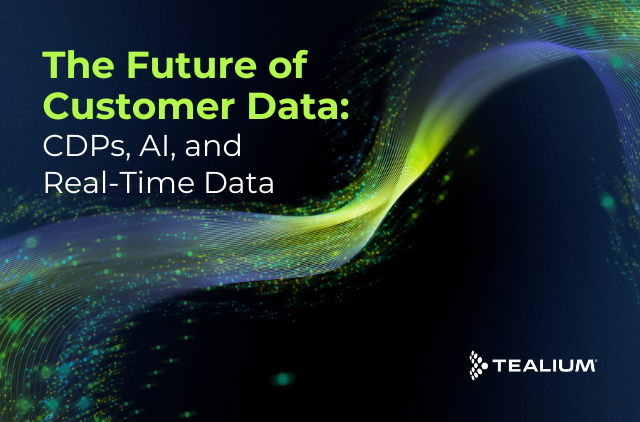As 2022 comes to a close, many of us are thinking about the upcoming year and what is in store. Challenging economies, hybrid workforces, and debates about Elon Musk may be swirling in our minds, so for next year I would like to offer the following suggestion – 2023 will be the year of essentialism.
It is easy to get distracted by new technologies or trends, and while we all love smart innovations, it is more valuable to start with your why before the what. With essentialism, you must start with identifying the core, essential investments of time, people, skills, and resources that will make your teams more productive and your business more profitable. Knowing your why will help you identify where to spend your time and energy, and finally figure out the what that is needed to be done to achieve those goals.
For many organizations, a fundamental priority for 2023 should start with a defined customer data strategy. Understand where data is collected and how it’s used. By doing this, you can create a healthy foundation that is instrumental in helping identify priorities. Does your company have a dependable way to understand customer data to identify top performing segments, at risk segments, or inefficient spend?
Here are six primary areas to double down on in the spirit of essentialism:
- Data is Decisive – When teams have up-to-date customer data, you can establish a baseline for customer segments, engagement, and successful offers. Start by defining market segments, establish goals for them, and set up programs to support those goals. Accurate customer data can tell you where there is risk, what segments are profitable, and what offers are effective. If you need help with where to start, check this out.
- Trust isn’t a Trend – Do not frustrate buyers by marketing to them at the wrong time or having poor privacy practices. By now, you have heard of CCPA, GDPR, and other regulations. Buyers expect their privacy preferences to be upheld and respected throughout their experience. A recent PwC study states 71% of consumers say they’re unlikely to buy if a company loses their trust. This is an area many companies can continue to improve upon and technology like CDPs makes it easier to ensure the right information is collected and handled correctly. Additional resources here.
- Customers are the Core – Customers are your crown jewel, treat them that way. In a year of essentialism, make sure you have programs that support retention, expansion, and loyalty. Customer data platforms can be very helpful here (especially if there is real-time data collection) because you can create relevant moments at the right time. For repeat customers, provide them with a discount, special offer, or unique benefit. It also becomes faster to spot churn risk. Has in-app activity slowed down? Have repeat purchases gone from weekly to every other month? These are signals to pay attention to and act on quickly.
- Focus on Best Bets – Do you know what they are? With a strong customer data strategy in place, start by identifying where you can drive a 80% impact for 20% effort. Should you spend your money on VIP customers, a growing demographic, or a new vertical – identify strong opportunities to drive growth and focus the team there.
- Be a Savvy Spender – If you need help maximizing the marketing budget, identify the segments where your spend is the most effective. For instance, If there is a lower converting audience, consider pausing advertising dollars there during slower periods. Double down on programs that are working. Understand what initiatives produce the best return for your investment. Many teams are facing additional scrutiny, so make sure you have a clear picture of performance.
- Dare to be Dynamic – From the last few years, one thing we have all learned is that change happens. Be the team that stays agile and can adjust to new inputs and circumstances. Ensure your team thinks this way and has the technology to support change. CDPs that handle real time data can help you remain flexible and responsive to an increase in website volume (ex: retailers during the holidays) or even a drastic change in weather (ex: airlines and travel alerts). Being responsive when situations change helps ensure you keep open communication with customers and delight them, rather than dropping the ball.
I hope these points are helpful and inspire some great plans for 2023! Here’s to a great New Year!
For more information on how to use customer data to figure out your organizations path toward essentialism in 2023, check out our eBook, “The Organization of the Future: A Blueprint for Structuring Your Optimal Customer Data Team (Plus Sample Org Charts!)”.
Click here to schedule a free demo today!







